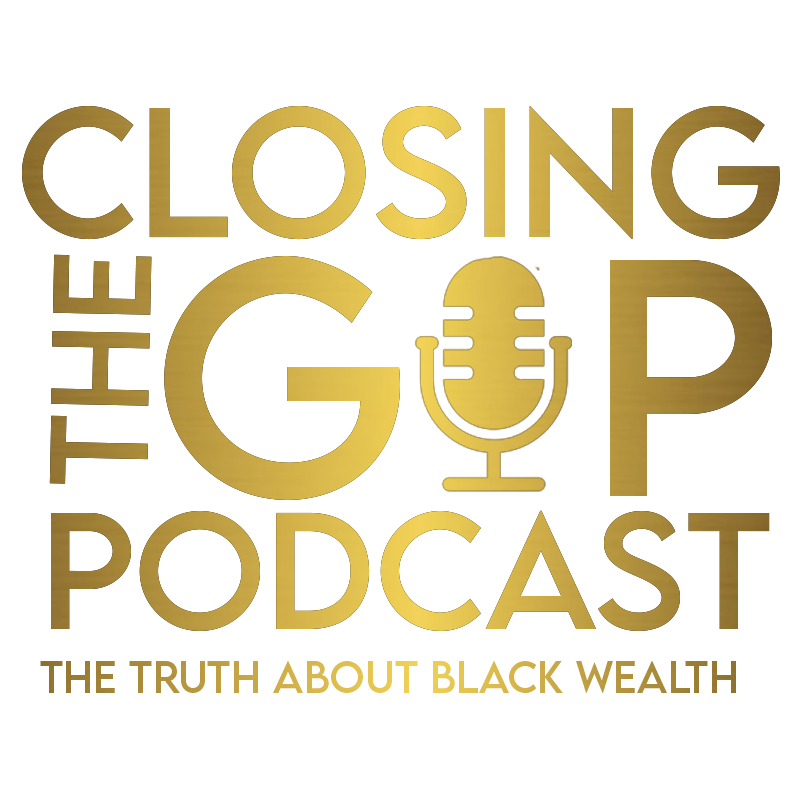Compounding the problems associated with financial illiteracy, financial decision-making is likely getting more onerous for consumers. Four trends are converging that demonstrate the importance of making thoughtful and informed decisions about finances.
- Some groups may be falling behind
When it comes to financial literacy, the playing field is far from level. Even amid the economic growth and strengthening employment of the past decade, the FINRA study found that the gap between haves and have-nots may be widening. The study also revealed disparities among different ethnic groups, with White and Asian adults showing more proficiency than Black and Hispanic survey respondents. White and Asian adults correctly answered 3.2 of the study's six questions. Hispanic adults answered 2.6 of the six questions correctly, and Black adults were able to answer 2.3 questions correctly.
This disparity shows up among younger people as well. According to a 2018 PISA study, White and Asian 15-year-olds had relatively higher financial literacy scores than the overall U.S. average of the students tested. However, Hispanic and Black students had relatively lower scores.
- Consumers are shouldering more financial decisions
Retirement planning is an example of the increasing responsibility Americans must take for their own financial security. Past generations depended on company pension plans, now known as defined-benefit plans, to fund the bulk of their retirement. These pension funds, managed by professionals, placed the financial burden on the companies or governments that sponsored them. Consumers were not involved with the decision-making, rarely contributed to their own funds, and were rarely aware of the funding status or investments held by the pension.
Today, pensions are more a rarity than the norm, especially for new workers. Instead, employees are usually offered the opportunity to participate in 401(k) plans or 403(b) plans, in which they need to decide how much to contribute and how to invest the money.
Social Security was a major source of retirement income for past generations, but the benefits paid by Social Security today no longer seem adequate for many people. What's more, the Social Security Board of Trustees projects that by 2033, Social Security's Old-Age and Survivors Insurance (OASI) Trust Fund (the source for retirees' benefits) may be depleted. There are a variety of proposals for shoring up Social Security, but the uncertainty only increases the need for individuals to adequately save and plan for their retirement years.
The 2022 Investopedia Financial Literacy Survey found that Millennials and Gen Z plan to rely on 401(k)s while Gen X and Boomers plan to rely on Social Security. The survey also found that younger generations also plan to include cryptocurrency in their retirement plans as well.
- Savings and investment options are more complex
Consumers are now often asked to choose from various investment and savings products. These products are more sophisticated than they were in the past, requiring consumers to select from different options that offer varying interest rates and maturities, decisions they often are not adequately educated to make. These choices can impact a consumer’s ability to buy a home, finance an education, or save for retirement, adding to the decision-making pressure. Then, too, the number of institutions offering products and services can be daunting. Banks, credit unions, insurance firms, credit card companies, brokerage firms, mortgage companies, investment management firms, and other financial service companies are all vying for assets, creating confusion for the consumer.
- The financial environment is changing
The financial landscape is dynamic. Now a global marketplace, it has many more participants and many more influencing factors. The quickly changing environment created by technological advances, such as electronic trading, makes financial markets even swifter and more volatile. Taken together, these factors can cause conflicting views and difficulty in creating, implementing, and following a financial roadmap.








